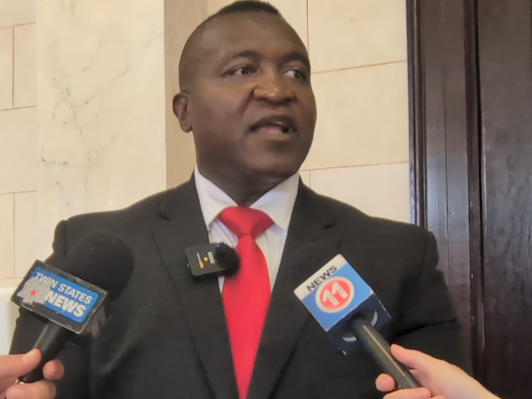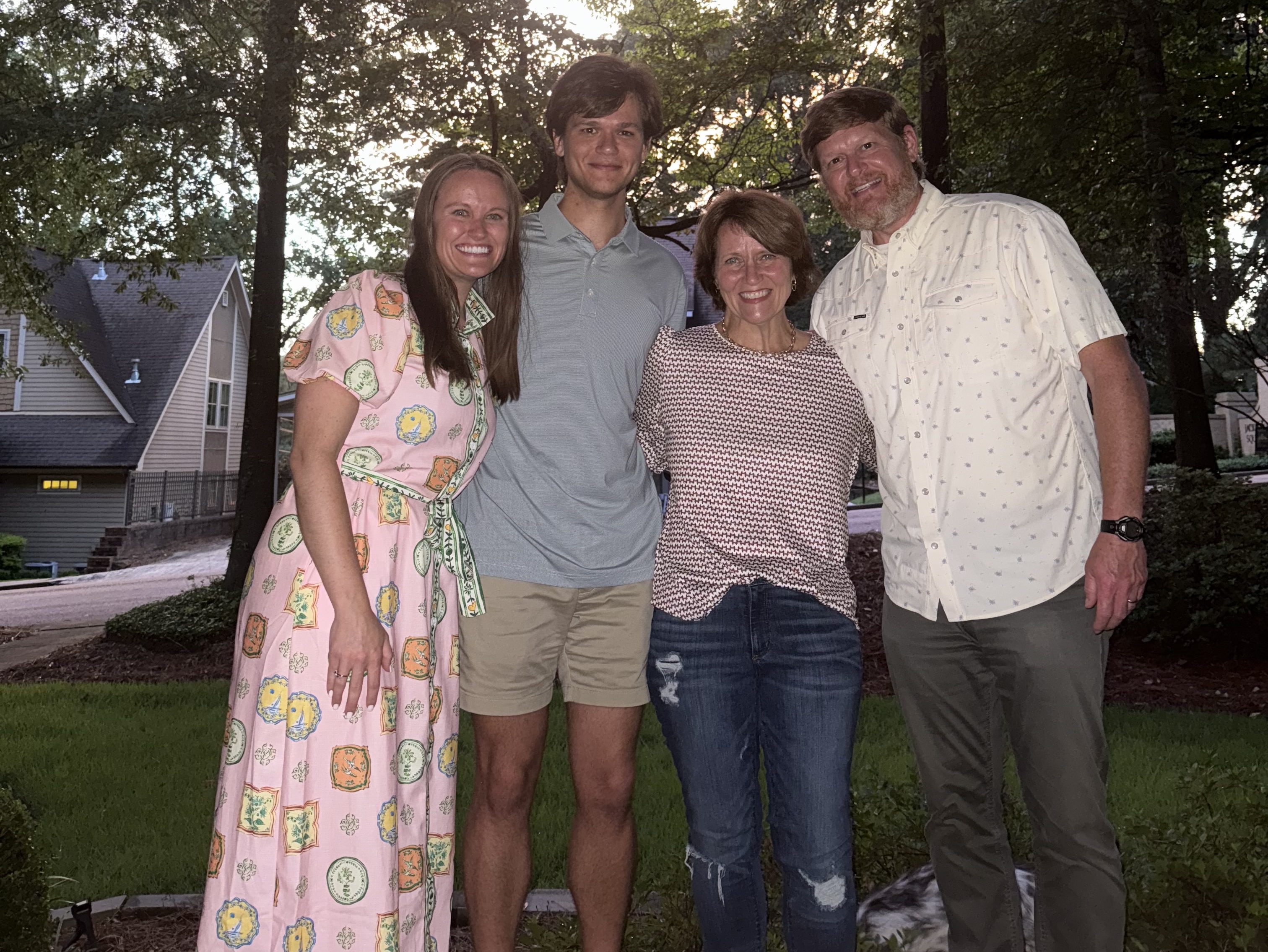Come back to New Orleans
Published 12:57 am Thursday, July 27, 2006
It was my first train ride in a couple of years.
I’d forgotten how much the rails rock sometimes.
As part of a tour group of journalists, most of them from Atlanta, I boarded the Amtrak Crescent in Meridian and went to New Orleans about a month ago to see firsthand that what New Orleans has always been known for is still there.
The French Quarter is still there, the music, the streets, the food, it’s getting back on its feet but most think it will take several years to do so completely — and that’s just as much a part of New Orleans as anything else.
New Orleans has weathered many storms in its 288-year history.
The city was French, then Spanish, then French again, before becoming part of the Louisiana Territory belonging to the United States in 1803.
During the War of 1812 the British tried to conquer it, but were defeated by Andrew Jackson.
A major port, the city held a significant place in the slave trade and was under Confederate rule during the Civil War, although the city was captured early during the war and occupied by federal troops.
From the mid 1800s up until the early 1900s, frequent yellow fever epidemics hit the city.
Many floods, hurricanes and other challenges have come and gone.
Jerome Trahan, Amtrak marketing and sales associate for Atlanta, New Orleans and Memphis, probably put it best when he said, “Its generational.”
Looking back
After Katrina, when some people I knew feared this might be the “first year” New Orleans would be without its Mardi Gras celebrations, I reminded them of 1979.
That was my first trip to New Orleans, and it was to be for Mardi Gras and that old crazy mayor Dutch Morial virtually canceled it all. You see, the policemen were on strike and so were the firemen and so were the sanitation workers and I saw the National Guard patrolling the streets with M-16s in their hands. That’s right, that’s not new to New Orleans either.
Here’s something funny — on this trip to New Orleans I toured St. Louis Cemetery No. 1. I’d been to other cemeteries down there, but this was my first trip to that cemetery and the first time I’d seen the resting place of Marie Laveau.
Immortalized in literature and songs the story of Marie Laveau and her magical voodoo powers have been handed down through generations since before her death on June 16, 1881.
We were at her grave on the 125th anniversary of her death, or so it’s said — there have been reports of her being sighted in New Orleans since that time. In 1979 I went to the neighborhood where she had lived and there were hundreds of black cats running around everywhere — who knows.
But what startled me as I stood there in front of Marie Laveau’s grave was the face I saw smiling at me from the tomb next to hers.
Could it be? Yep. It was Ernest N. “Dutch” Morial. His smiling face stuck on the side of his family tomb, right next door to Marie Laveau, where he had been laid to rest in 1989. A Creole, he was the first black mayor of New Orleans, and the guy I blamed for spoiling my fun in 1979.
Back on track
We had some incredible meals down there. I know some people are fearful of the food and water but as early as January the New Orleans Department of Health, the EPA, DEQ, CDC and other environmental organizations declared the city’s land air and sea safe.
Various local, state and federal agencies continue to test the city’s food and water. I can attest that the oysters down there have never been as plump and sweet and juicy before.
I love New Orleans and I love trains. I can’t wait to go back. With the rising price of gasoline train travel is more attractive than ever.
Right now is a great time to take advantage of the Crescent’s Kids Ride Free promotion, whereby one child rides free with a full-fare-paying adult anywhere between New Orleans to Greensboro, N.C., up until Aug. 31.
Not only is it fun, not only is it carefree (you don’t have to keep your eyes on the road), not only do you get to see parts of the country you normally wouldn’t see, as one of the other reporters on our trip pointed out, you might be exposing a young person to a new adventure.
Trains aren’t as old as New Orleans, but riding on them is sort of a generational thing, too.
Everybody probably remembers their first train ride.
“If we don’t pass that on it’s a shame,” Trahan said. “It’s a way to slow down instead of taking the car. It’s a way for families to travel and get away from that small space for hours and everyone can spread out, even in coach. Or you can go to the lounge car and play cards. It makes travel time family time.”
It’s part of what the rail service calls the “Amtrak Experience”: It’s the scenery, because tracks were laid along rivers and streams, through mountains and numerous other places no car can go; it’s about the community spirit trains promote — conversations with family, friends and the chance to make new friends; and it’s about the freedom a train allows — your own space, a chance to move around or take a nap, have a meal in the dinning car or a drink at the bar.
The “Amtrak America” publication quotes Harry Truman: “You get a real feeling of this country and the people in it when you are on a train.”





